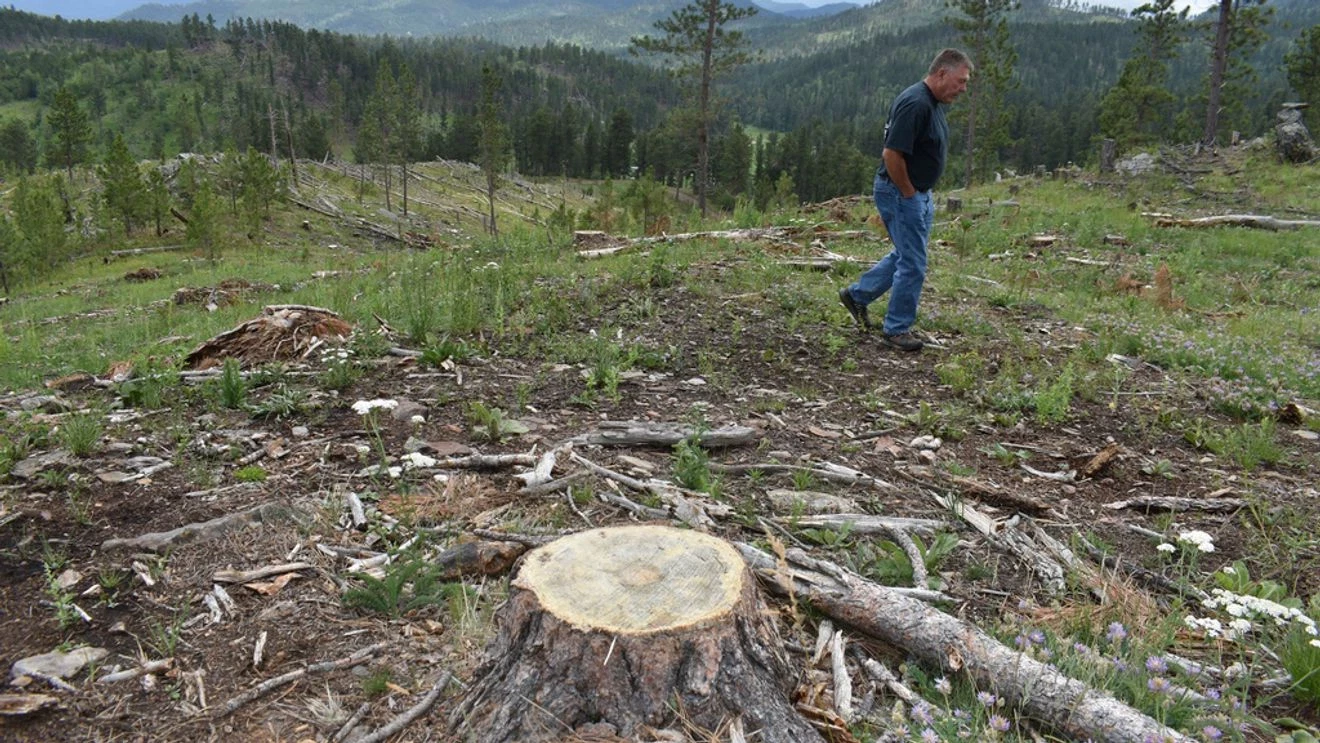The Trump administration has announced a controversial plan to open millions of acres of previously protected national forests to commercial logging, mining, and other industrial activities. This move, part of a broader effort to boost economic growth and reduce regulatory barriers, has sparked fierce debate between industry advocates and environmentalists.
Background: The Roadless Rule and Its Potential Repeal
At the center of this policy shift is the 2001 Roadless Area Conservation Rule, which placed restrictions on road construction, logging, and mining in nearly 60 million acres of undeveloped national forest land. The rule, enacted under President Bill Clinton, was designed to protect wildlife habitats, watersheds, and recreational areas from industrial exploitation.
However, the Trump administration has long argued that these restrictions hinder economic development, particularly in rural areas dependent on natural resource industries. In October 2020, the administration finalized a plan to exempt Alaska’s Tongass National Forest—the largest intact temperate rainforest in the world—from the Roadless Rule, opening over 9 million acres to potential logging and mining.
Now, the administration is considering expanding this approach to other protected forests across the U.S., a move that could significantly alter the landscape of America’s public lands.
Economic Benefits vs. Environmental Concerns
Supporters Argue for Jobs and Industry Growth
Proponents of the policy change, including timber companies, mining interests, and some local officials, argue that the Roadless Rule has stifled economic opportunities in resource-rich regions.
-
Job Creation: The timber and mining industries claim that increased access to national forests will create jobs in rural communities that have struggled with economic decline.
-
Energy Independence: Mining advocates argue that domestic mineral extraction—including for critical minerals used in renewable energy technologies—reduces reliance on foreign suppliers.
-
Local Control: Some state leaders, particularly in Alaska, have pushed for greater state authority over federal land management decisions.
Environmentalists Warn of Irreversible Damage
Critics, including conservation groups, scientists, and outdoor recreation advocates, warn that lifting protections could have devastating ecological consequences.
-
Deforestation and Habitat Loss: Logging in old-growth forests threatens endangered species, including the iconic bald eagle and the Alexander Archipelago wolf in Alaska.
-
Carbon Sequestration: Forests like the Tongass act as massive carbon sinks, helping mitigate climate change. Their destruction could release stored carbon dioxide, exacerbating global warming.
-
Water Quality and Fisheries: Industrial activity in roadless areas could pollute rivers and streams, harming salmon populations vital to both ecosystems and local economies.
Legal and Political Battles Ahead
The Trump administration’s move is likely to face legal challenges from environmental organizations, similar to previous disputes over public land use. Courts have previously blocked attempts to weaken the Roadless Rule, and any large-scale changes could end up in prolonged litigation.
Additionally, the policy could become a key issue in future elections. While the administration frames the decision as a win for economic freedom, opponents argue it prioritizes short-term corporate profits over long-term environmental sustainability.
Public Opinion and the Future of Forest Management
Public opinion on forest management is deeply divided. Polls show that a majority of Americans support conservation efforts, but rural communities often prioritize jobs and economic development.
If the administration succeeds in rolling back protections, the long-term impact will depend on how much development actually occurs. Some areas may see limited activity due to market conditions, while others could face rapid industrialization.
Potential Alternatives
Rather than fully opening forests to extraction, some experts suggest:
-
Sustainable logging practices that balance economic needs with conservation.
-
Ecotourism and recreation as alternative revenue sources for forest-dependent communities.
-
Targeted mining permits that avoid critical wildlife habitats.
Conclusion
The Trump administration’s push to open undeveloped forests to logging and mining marks a significant shift in federal land management policy. While it promises economic benefits for some industries, the environmental risks are substantial. As legal and political battles unfold, the future of America’s roadless forests hangs in the balance.
The debate reflects a broader tension between economic growth and environmental protection—one that will continue to shape U.S. policy long after this administration. Whether these lands remain pristine or become sites of industrial activity will depend on the decisions made today.



